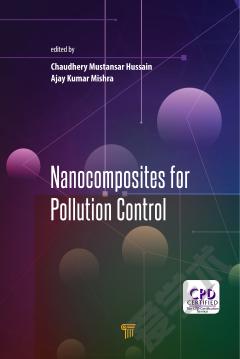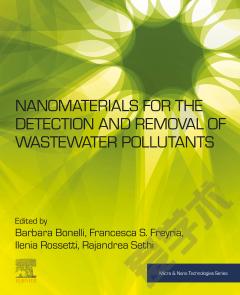Nanocomposites for Pollution Control
Nanocomposites present outstanding mechanical properties and compatibility owing to their composite matrix and unique physical and chemical composition provided by large surface-area-to-volume ratios and high interfacial reactivity. Freedom to functionalize nanocomposites with various chemical groups increases their affinity toward target pollutants, which is highly desirable for the selective extraction of target analytes in complex environmental matrixes. This book presents the recent progress in the field of nanocomposites and their properties, fabrication methods, and applications for pollution control and sensing. It discusses the advances in pollution control techniques made possible because of nanocomposites and focuses on environment-friendly and efficient approaches. The text also covers economic, toxicological, and regulatory issues and research trends.
{{comment.content}}








 京公网安备 11010802027623号
京公网安备 11010802027623号